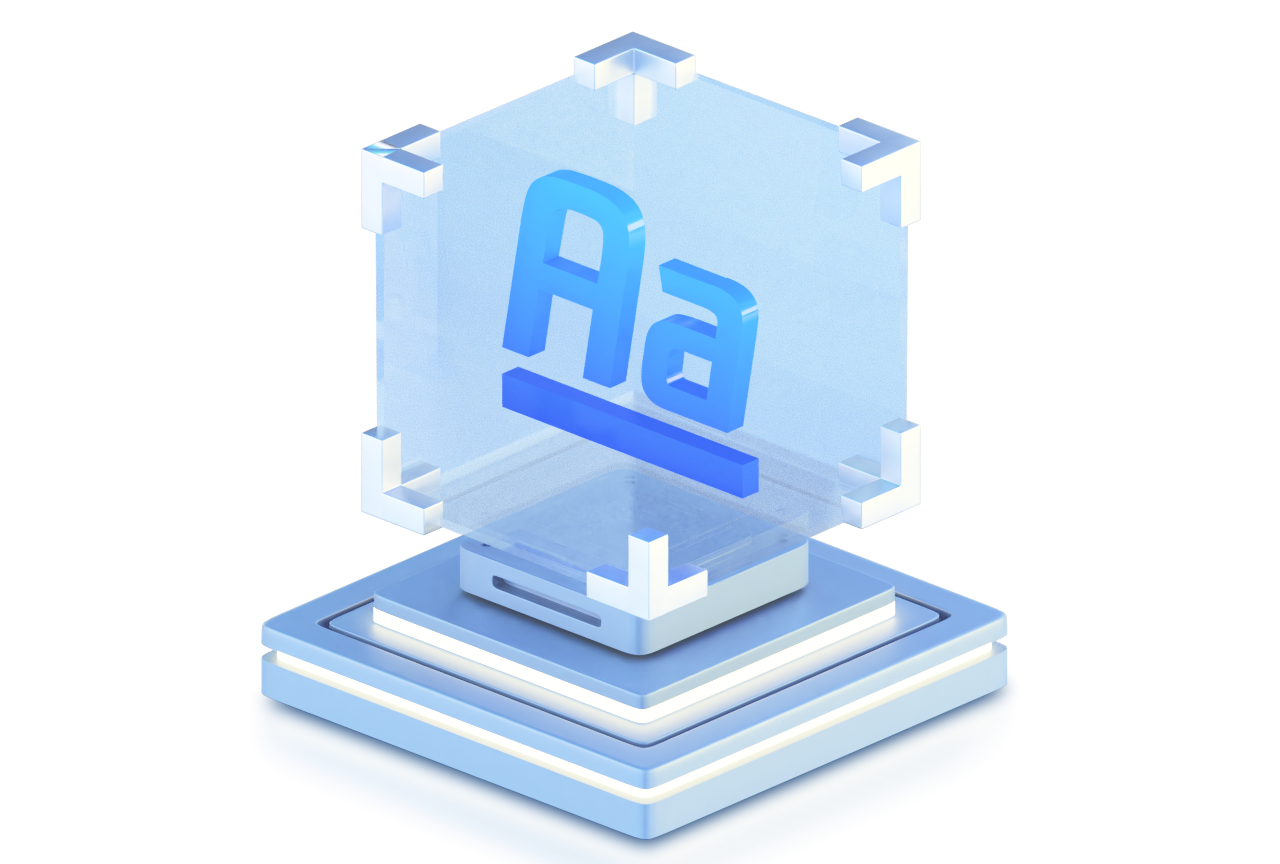Tencent Cloud Optical Character Recognition (OCR) converts text images into editable texts. You can use it to recognize printed or handwritten texts from cards, certificates, receipts, and other documents. You can also customize it to meet your specific requirements for faster data entry.
Recognize text in images automatically, with an average accuracy rate of over 95% for printed texts and 90% for handwritten texts.
Cover Tencent's core algorithms for identity document analysis and recognition. It supports both landscape and portrait modes and can be used in scenarios with perspective distortion, irregular lighting, and partial occlusion.
Provide developers with a full range of APIs that can be called directly as well as SDKs that are highly compatible and easy to use.
- OCR supports the detection and recognition of text in images and features great versatility:Recognize texts in 19 languages, including Chinese, English, Japanese, Korean, Spanish, French, German, Portuguese, and any supported language mixed with English.
- Detect the language automatically and return the text and textbox coordinates.
- Support automatic skew correction.
- Recognize general texts in Chinese/English/both, digits, and special symbols.
- Recognize complex texts with higher accuracy and recall rate in scenarios with a large amount of text, long numeric strings, small font, blurry or skewed text.
- Recognize text and extract structured fields such as ID number, name, gender and address.
- Recognize different types of ID cards, including MyKad, MyPR, MyTentera, MyKAS, POLIS and i-Kad.
- Support cropping passport photos.
- Recognize text and extract structured fields such as names in Chinese and English, telegraph codes, date of birth, gender, date of first issue and ID number.
- Identify permanent residents for data archiving.
- Recognize text and extract structured fields such as passport ID, name, date of birth, gender, expiration date, issuing country/region and nationality.
- Support cropping passport photos.
In the financial sector
OCR supports ID card recognition in banking, insurance, securities, and other scenarios where identity verification is required, reducing data entry workload and improving user experience.
In the internet industry
OCR can be used to verify the identities of hosts and passengers in the scenarios such as live streaming and e-hailing, lowering the risk of violations and crimes.
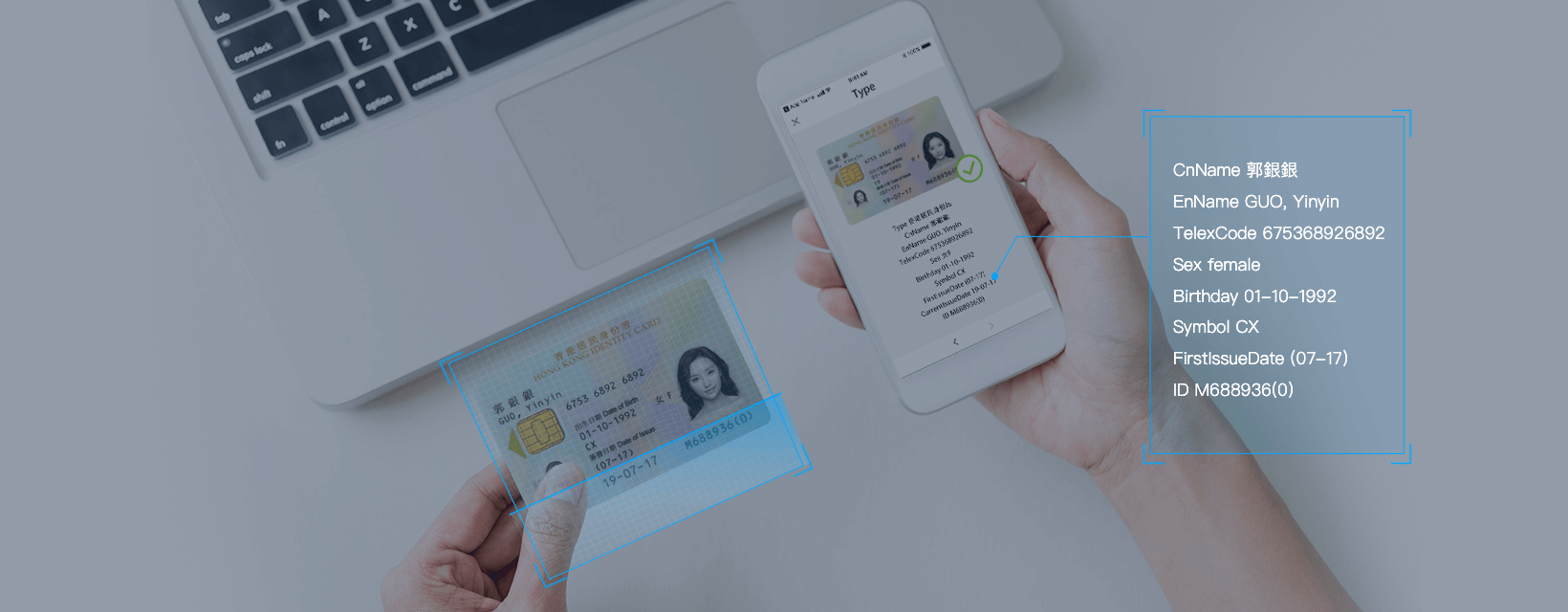
In international travel scenarios
OCR can help users quickly verify their identities when required to do so in hotels, border checkpoints, customs, and airports, improving the overall user experience.
In the education industry
OCR assists institutions such as overseas consulting services and schools in obtaining students' identity information quickly, reducing data entry workload and improving efficiency.
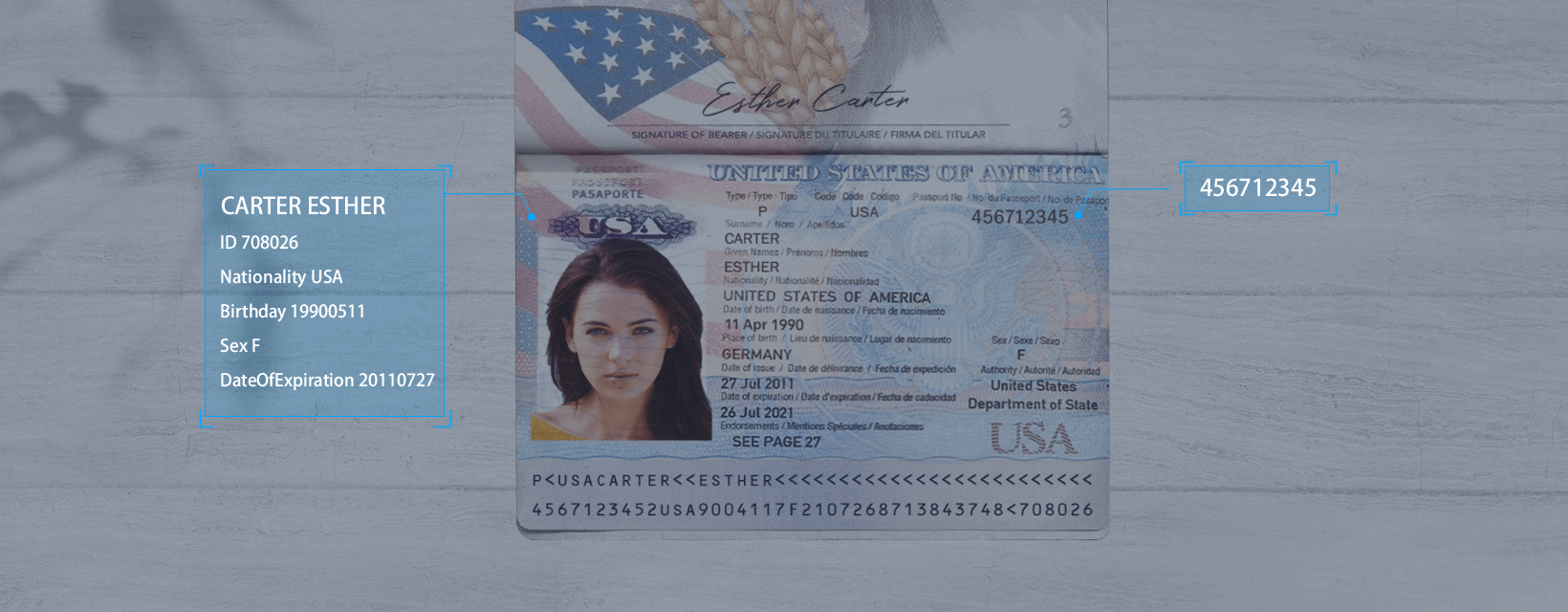
Ecommerce ad recognition
OCR can be used in e-commerce to intelligently identify text in ads to filter out inappropriate characters and reduce violation risks.
Video subtitle recognition
OCR can quickly identify subtitles in videos to check whether the text content is appropriate.
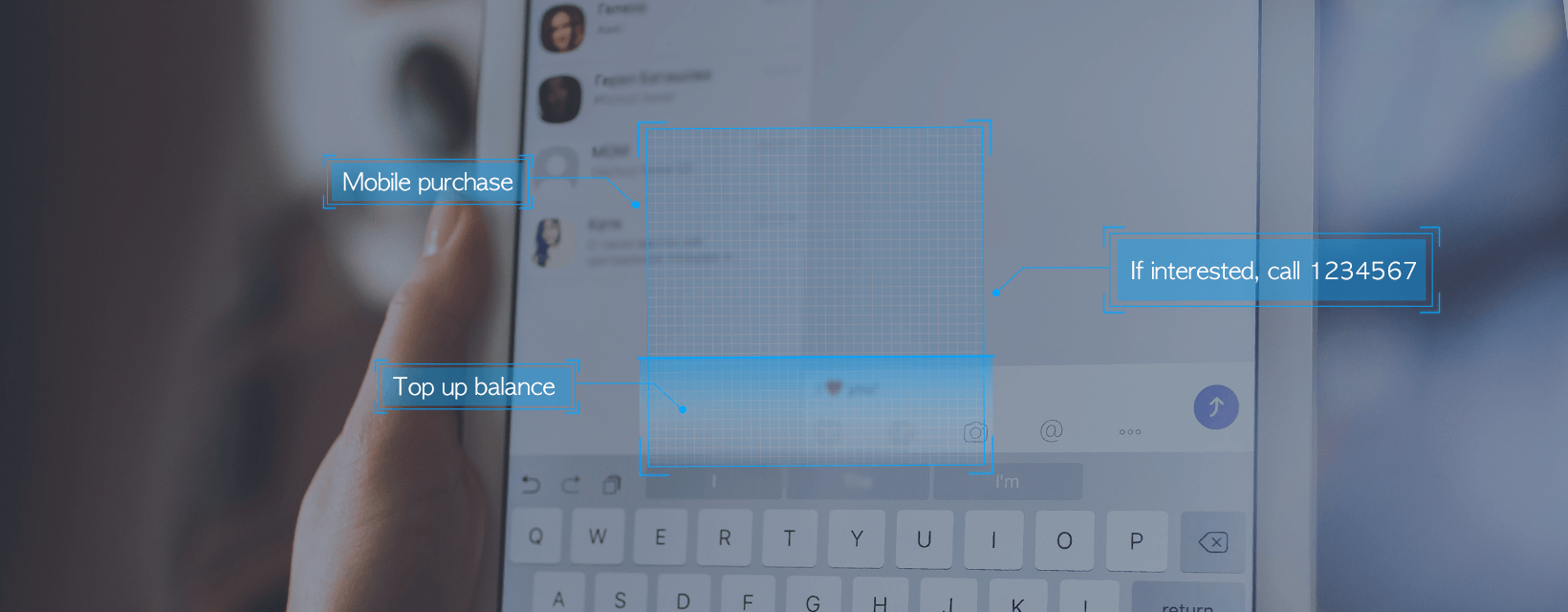
Traditional news media
OCR can convert a large number of paper documents into editable text, facilitating text typesetting and information retrieval.
Images in publications
OCR can convert images in publications into editable text, reducing the labor costs of classification and retrieval.
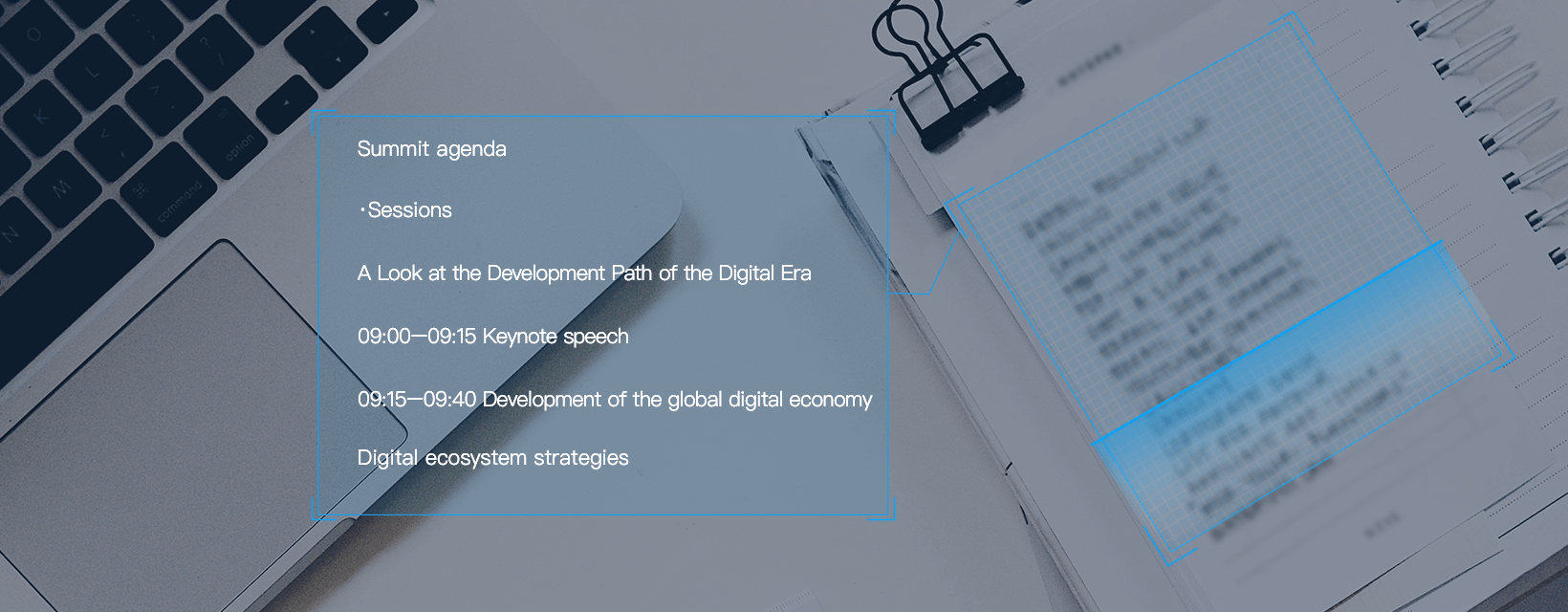
OCR is a pay-as-you-go service with tiered pricing. When the total number of monthly API calls reaches a new tier, all subsequent calls will be billed at the unit price of the tier. The higher the tier, the lower the unit price. The bill for the current month will be settled in the first three days of the next month. For more information, see Billing Overview.
